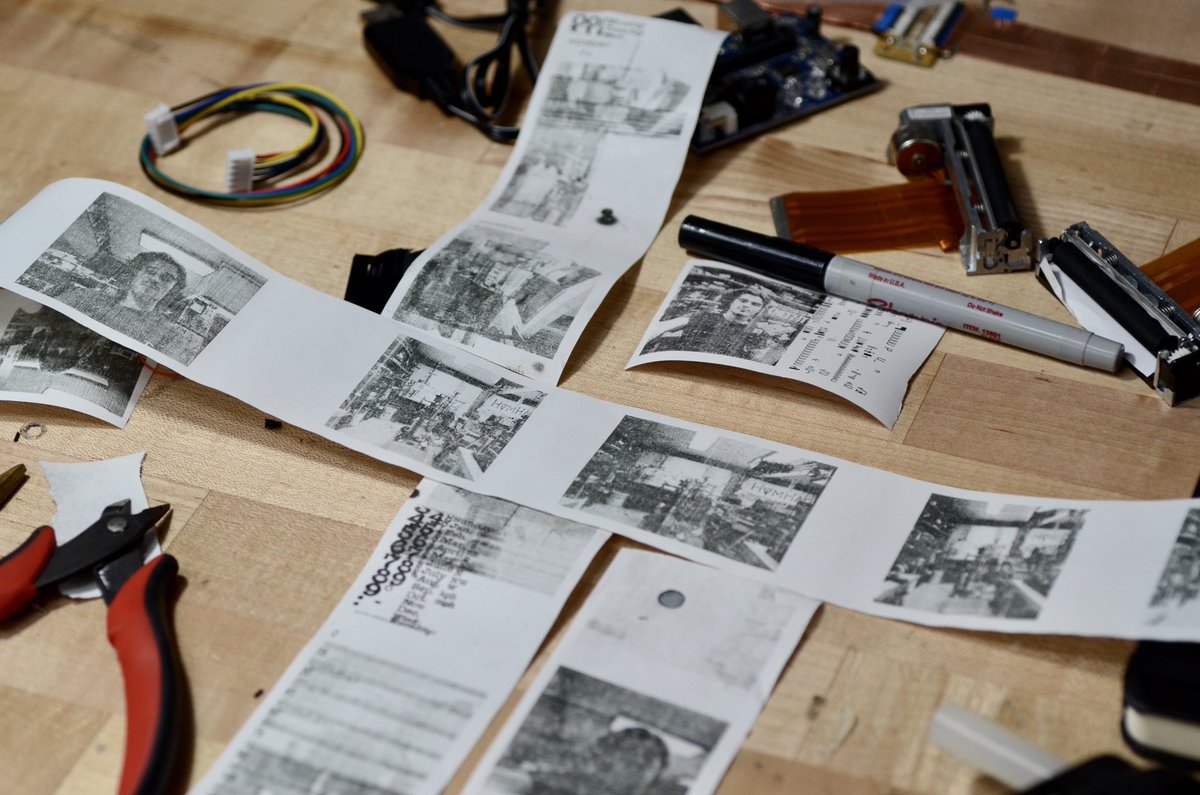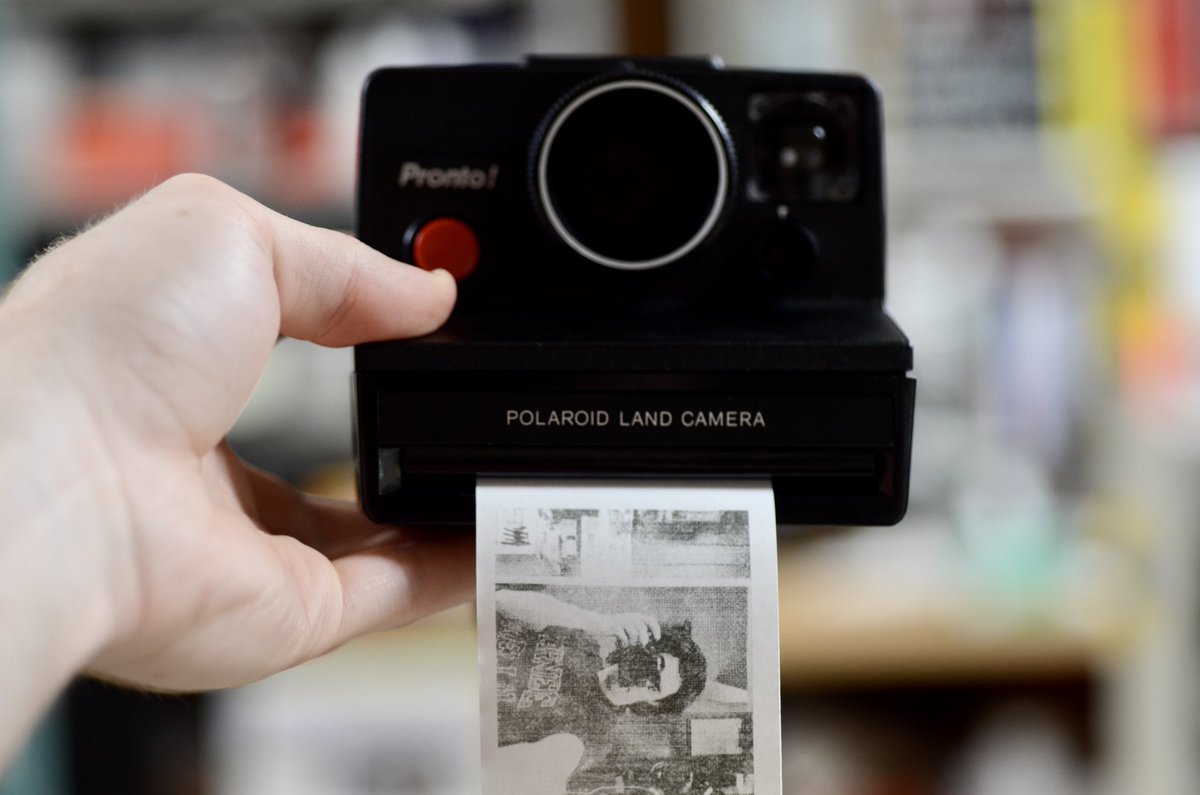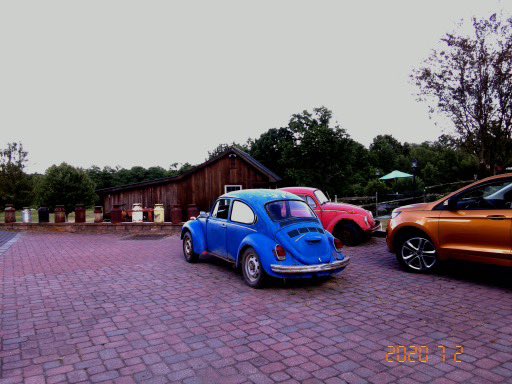Wire work, city pop, and thermal prints
The whole town walks on wires. Kevin Lawrence writes in Splice Today about a place called Tsovkra-1 in Dagestan, which is particularly remarkable for its century-long tradition of tightrope walking excellence and a topography that either gave rise to it or just fits the myth-making perfectly that way. It’s said that every able-bodied person there can successfully walk a tightrope. Lawrence notes that it’s called Tsovkra-1, to distinguish it from another village in Dagestan that’s called Tsovkra. All Google Maps finds for Tsovkra is a liquor store, but it does find Tsovkra-1. Maybe the sans-1 village is so small Google doesn’t know about it.
(I’m not going to grab the photos as this National Geographic article politely asks folks not to, but stunning photos of tightrope walking from across Dagestan including some from Tsovkra-1 are available here.)
When I come across something as remote and wild as this I like to dig around, both for independent confirmation and to see what else there is to know about such a magical sounding place. Tsovkra-1 appears to be something of an internet/publishing darling, an odd little place that people discover when they are looking for tales of odd little places, sort of a publisher’s copypasta. But even then, I can’t blame them, because it’s pretty amazing that such a place has existed for so long and is still doing its thing to this day. Although as you’ll see in a video below, its prospects for survival as a microculture are seriously dwindling as people move on and out. I’m a little surprised and a lot relieved that no one has tried to export the “brand” and forge some kind of American fitness and wellness craze out of it.
One thing that search brought to my mind is how large swaths of geography get to be known for just one thing and then generally written off by ignorami like me. It’s an easy, but bad habit. I remember hearing in the regular course of my life about Dagestan, the mountainous 19,000 square mile Russian Republic on the coast, exactly twice: once in a college course on Himalayan and Tibetan area architecture, and then in the Boston Marathon bombing case because the Tsarnaev brothers spent a lot of time and/or were radicalized there. I also know it vaguely as multiethnic, and the site of significant conflict throughout history. In reading about Tsovkra-1 and coming across the name Dagestan, it made me reflect that I had a big dark hole in my mental picture for that large expanse. My knee-jerk reaction was to be amazed that there’s this little subculture in a place like that, which is probably pretty ignorant. It’s also probably a remnant of growing up in the tail end of the Cold War.
The other thing it brought to mind is what a big deal link rot is. One of the photo essays I found online, which was less than 10 years old, was already missing all of its photos. The shell of the album was there, but all of the photographs were gone, and this was from a sizable publication. That’s a real loss.
I did find a neat short original-feeling 2016 video clip, which only has 309 views so far so it feels like a real treat. They call it Tsovkra though, hopefully it’s not the other village:
And a profesionally produced short piece from Radio Free Europe, also called Tsovkra here:
“It so denies any negativity, any tarrying, that it takes on a surgically sharp edge.” I got lost for a while earlier this week in this essay about a type of music I’d never heard of, the Japanese genre called “City Pop” and how it relates to some of Don Delillo’s worlds. Here’s one of the clips they embed as an example. The first thing these clips brought to mind for me was the original Pole Position video game theme:
Emmet, the author of the essay, suggests that this ultra smooth, ultra optimistic mode from the peak of the Japanese dominance of the electronics industry has been rediscovered after a period of dormancy and reincorporated into forms kicking around today. And that those elements and the new works now speak to them as dark and cynically nostalgic for the consumer boom eras of the past that in many ways left us with consequences we face today. The framing is vivid and the fact that they sprinkled it with lots of exemplar music clips along the way made this a really enjoyable and recommended read. (Found via @gamingundertheinfluence.)
The images can tell a story. In a similar vein, that vein being assemblage that can sound or look like post-apocalyptic scavenging, I can’t remember how I came across this amazing re-engineering of a Polaroid camera and thermal printer. It outputs pretty neat paper proofs and really neat digital images stored on a card:
I will be endlessly fascinated by new and limited creative tools produced via parts from earlier tools, that do something magical with their output but also limit fidelity and choice to force you to look at the same old subject matter differently.
Those are the bananas I found for you this week. You can hit “reply” and it’ll go only to me. Thank you.





